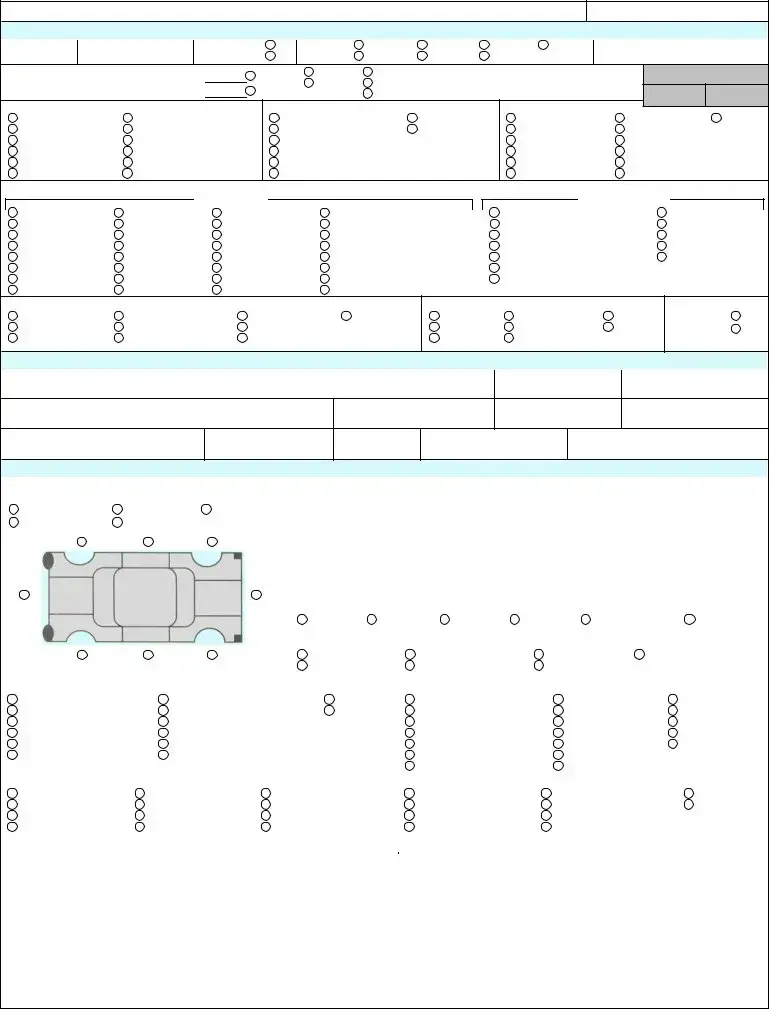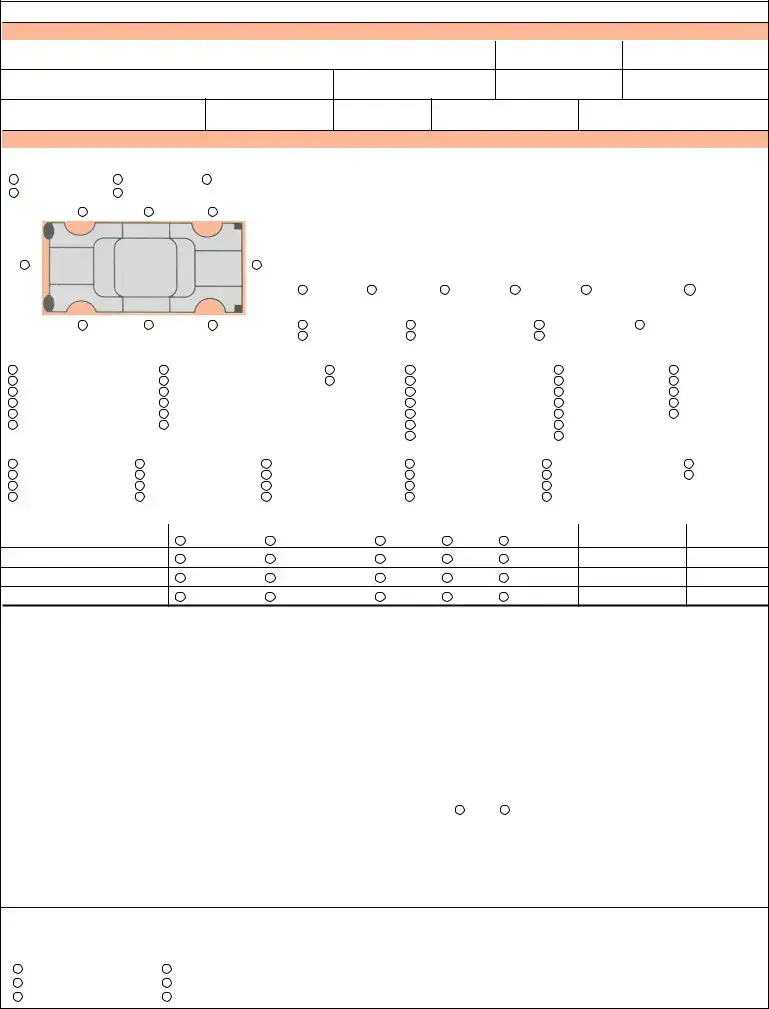What is the Alaska Motor Vehicle Crash Form 12-209 and when should it be used?
The Alaska Motor Vehicle Crash Form 12-209 is a document designed to record detailed information about a vehicle crash in the state of Alaska. It should be used immediately following a crash to accurately capture all relevant details, such as the crash circumstances, vehicle information, driver information, and any damages or injuries that occurred. The form is essential for legal, insurance, and statistical purposes and helps ensure accurate reporting of motor vehicle accidents.
How can the Location of the First Sequence of Events section on the form help in an investigation of a crash?
The Location of the First Sequence of Events section on the form plays a crucial role in crash investigations by pinpointing the exact spot where the crash began. This information aids investigators in reconstructing the crash scene, understanding the sequence of events that led to the crash, and identifying causes or contributing factors. It is vital for determining fault, assessing road conditions and signage, and implementing measures to prevent future accidents.
Are there specific weather and lighting conditions categories on the form, and why are they important?
Yes, the form includes specific categories for both weather and lighting conditions at the time of the crash. These are crucial because they provide context for the crash environment, which can significantly affect both the occurrence and severity of a crash. Weather conditions like rain, snow, or fog can impair visibility and road traction, while lighting conditions can influence driver awareness. Accurately documenting these factors is essential for understanding the crash and for making future improvements in road safety.
What should be done if the crash involved circumstances not listed in the pre-defined categories on the form?
If the crash involved unique circumstances not covered by the pre-defined categories on the form, the involved parties should use the "Other*" option available in several sections and provide a detailed explanation in the narrative portion of the form. This section allows for a comprehensive description of the crash, offering room to include any specific details that don't fit into the standard categories but are essential for a complete understanding of the incident.
How does the form differentiate between non-collision and collision first events, and why is this distinction important?
The form differentiates between non-collision and collision as first events to capture the initial cause or action leading to the crash. Non-collision events might include losses of control without hitting another vehicle or object, while collision events involve physical contact with another vehicle, object, or person. This distinction is important for understanding the nature of the crash, identifying preventive measures, and determining liability and insurance claims.
What is the purpose of detailing both the driver’s and other driver’s vehicle actions and roadway circumstances on the form?
Detailing the actions of the driver and any other involved drivers, as well as the roadway circumstances, serves multiple purposes. It helps in assessing driving behavior leading up to the crash and evaluating external factors such as road conditions or obstructions. This comprehensive approach facilitates a clearer understanding of fault, contributes to the improvement of road safety by identifying hazardous conditions or patterns in driver behavior, and aids in the accurate processing of insurance claims.

